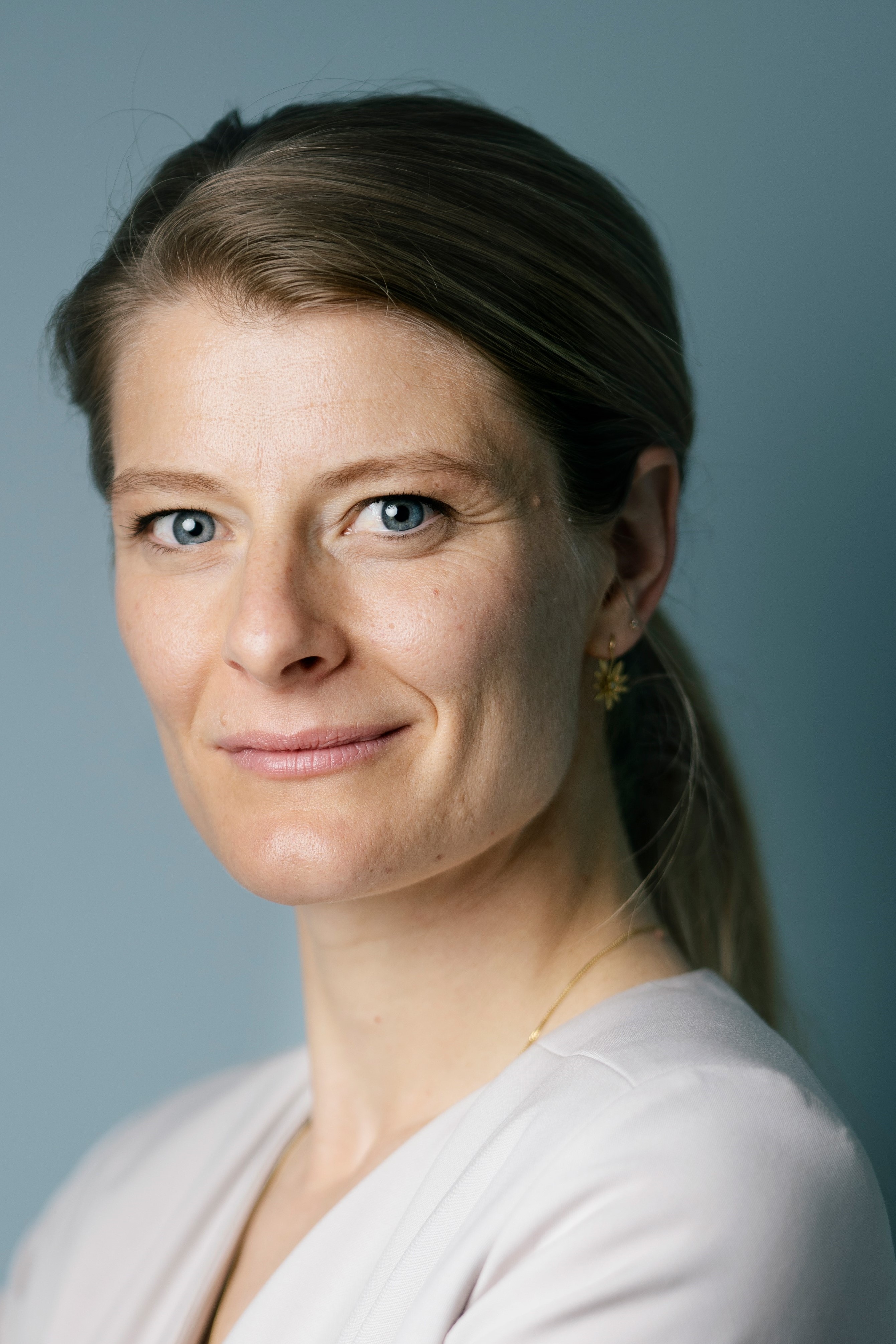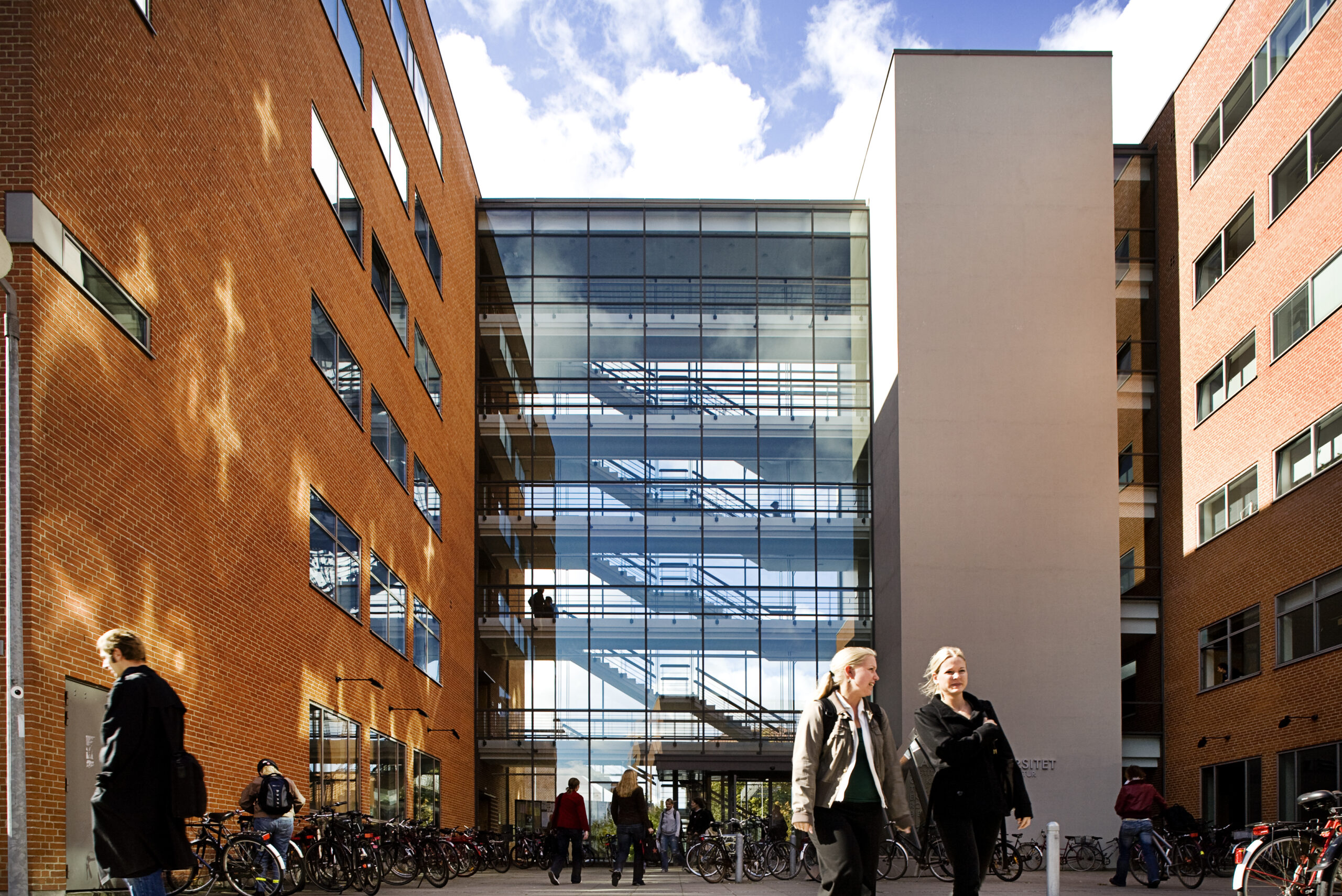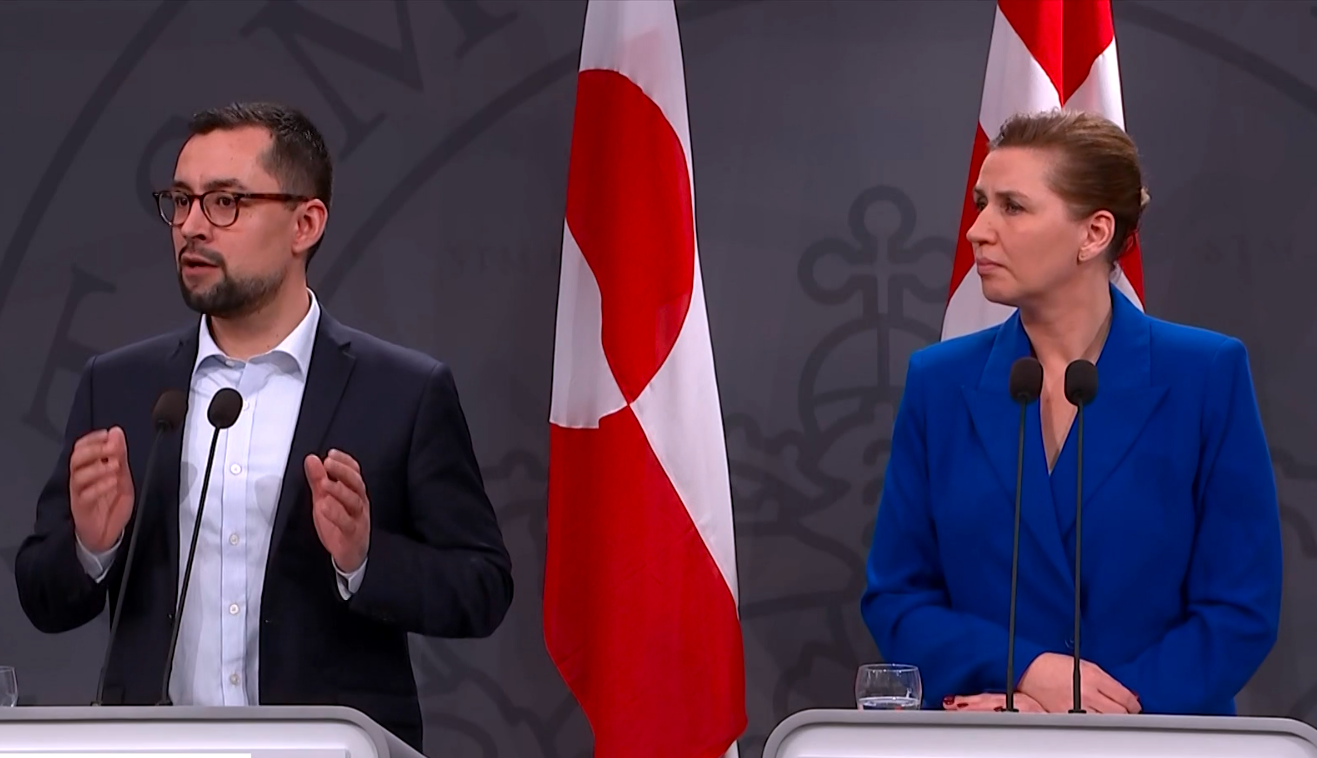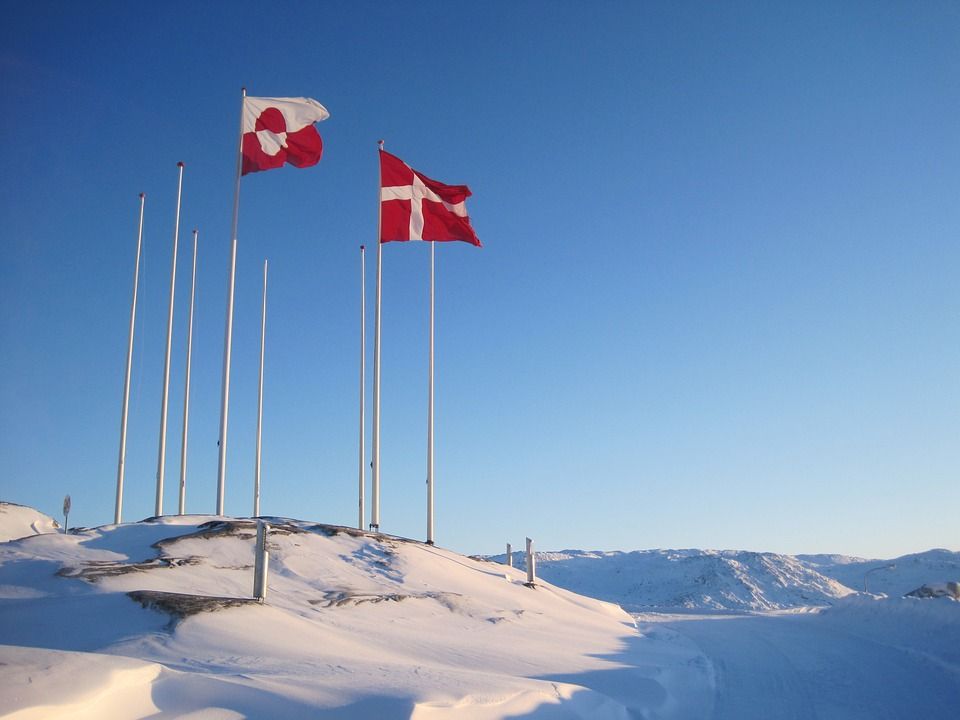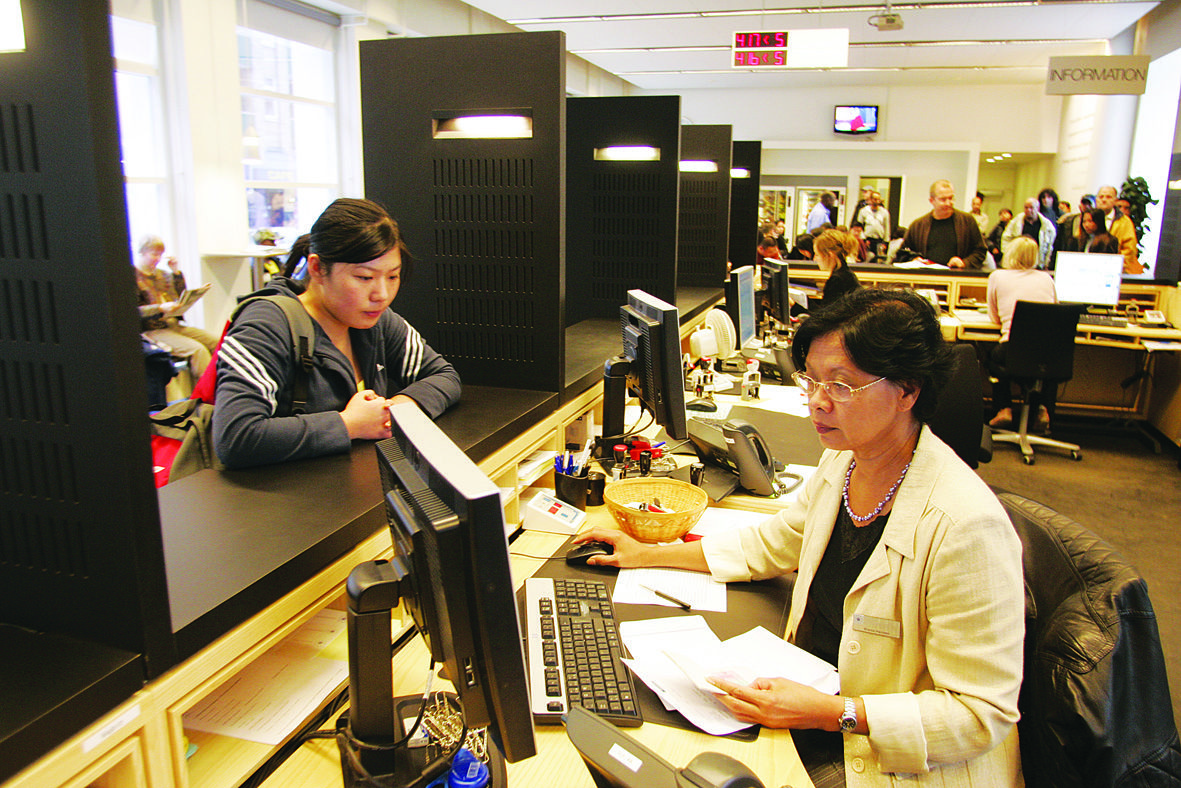The number of asylum seekers is rising, and in 2013 around 7,000 applications are expected to be lodged – the highest number in over ten years.
When Kristeligt Dagblad newspaper reported the new numbers last week, opposition parties were quick to blame the government.
“It’s been ten years since Denmark received as many asylum seekers as today,” leading opposition party Venstre wrote on its Facebook page. “Venstre thinks that it is a worrying trend and the result of the government’s easing of asylum policies that include the abolition of starthjælp [a small cash benefit given to immigrants and successful asylum applicants].”
While the number of asylum seekers arriving in Denmark fluctuates each year, the number has been steadily climbing since 2006 when 1,960 applications were made – by 2012 the number had more than tripled to 6,441.
This year’s expected 7,000 applicants are a far cry from the 12,512 who applied in 2001 before the former right-wing VKO coalition, fronted by Venstre and Konservative with support from Dansk Folkeparti, took power and implemented stricter immigration regulations. Within a year, applications have fallen to 6,068.
The current Socialdemokraterne-Radikale-Socialistisk Folkeparti coalition took power from VKO in 2011 and revised a number of immigration rules, including the improvement of living conditions for some asylum seekers.
While Venstre argues that these changes are to blame for rising asylum numbers, Eva Singer, the head of asylum at the Danish Refugee Council, finds it hard to believe.
“I don’t think the small details of Denmark’s integration and social welfare systems make any difference to asylum seekers,” Singer told The Copenhagen Post. “They are sometimes en route from their home countries for many years, and many of them don’t know where they are going to end up. So these are small details in their quest to obtain protection.”
Singer pointed out that asylum numbers across Europe have been rising as a result of the ongoing conflicts in Syria and Somalia as well as widespread instability in Afghanistan. According to Eurostat’s latest figures, the number of applicants rose by 17 percent across the EU between 2010 and 2011.
Singer added that while the government had improved conditions for asylum seekers, such as allowing some to live and work outside asylum centres, she stressed that the criteria for obtaining asylum had not been changed.
Anders Ladekarl, the head of the Red Cross in Denmark, also finds it hard to believe that more asylum seekers are specifically targeting Denmark because of the new governmental policies.
“Determining exactly why asylum seekers end up where they do is very complicated, and there’s definitely no certain correlation between the improvement to how asylum seekers are treated and the rising numbers of applicants,” Ladekarl told The Copenhagen Post. “Denmark has not changed the criteria for how asylum seekers are assessed and you are as likely now to be granted asylum as you were under the former government.”
According to Statistics Denmark, the number of successful asylum applications each year between 2006 and 2011 fluctuated between 36 and 60 percent. In 2012, after the current government took power, 40 percent of applicants were successful.
Despite repeated attempts, Venstre did not respond to The Copenhagen Post’s requests to provide any evidence proving a correlation between Denmark’s immigration regulations and changes in asylum numbers.
But Ladekarl is not surprised that Venstre used the opportunity to make a statement.
“Asylum politics has always been very politicised,” Ladekarl said. “But it would be so much better if the discussion could be based on facts and not prejudice and unsubstantiated ideas.”

